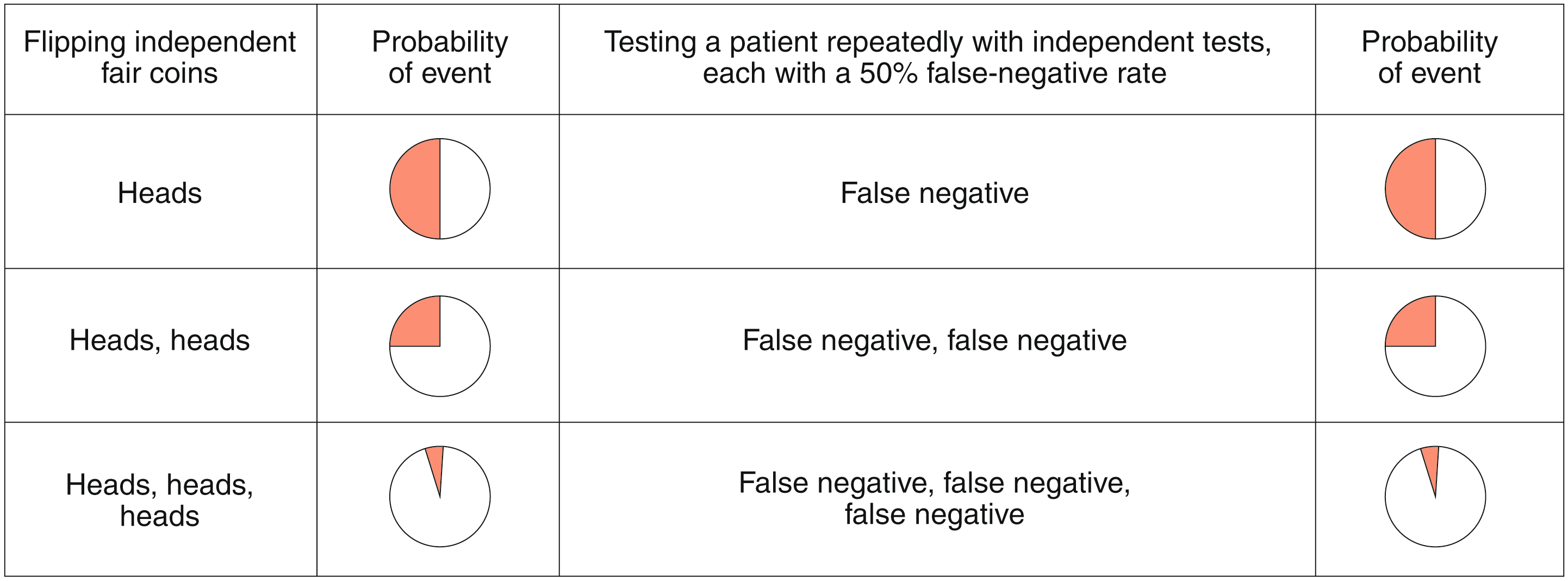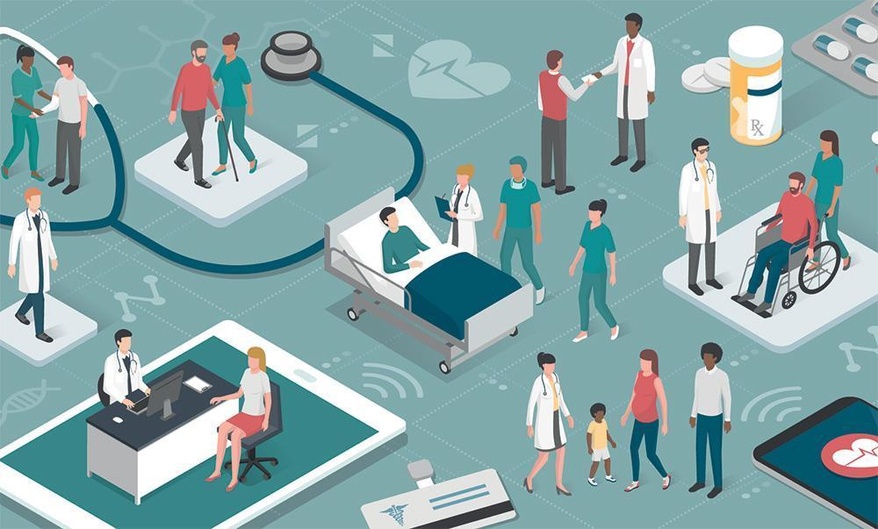
Children's Hospital Insurance Program was created with bipartisan support. This program provides low-cost, affordable health coverage to uninsured children. It provides health coverage for uninsured low-income children as well as their families. The federal government as well as the states provide funding for CHIP. The program has provided health insurance for millions of children, but many remain uninsured.
One in five children in the United States does not have health insurance. This is a growing problem, as more people find it difficult to afford insurance. In 2017, the number of uninsured children increased from 4.7 percent to 5 percent. But, this is an estimate. There are many reasons why children do not have health insurance. Over half of those who do not have coverage live in states that have not expanded Medicaid.
There are different rules for income eligibility across states. Some states, for example, have a waiting period before children can be covered. Some others charge monthly premiums. Other states have more flexible rules regarding income levels. Some states have cost-sharing policies. Cost-sharing policies should be in compliance with federal guidelines.

By granting funding allocations to states, the federal government helps to pay for CHIP. These allotments are adjusted for population growth and health care inflation. If a state has an approved plan for expansion, it may also receive an increase in allotments. A statutory formula establishes state-specific allotments.
Each state has a different CHIP program. You should check with your insurer to determine what services are covered. Many medical providers offer services that are completely free for insured children. Your insurance provider may ask you to pay some costs depending on what services your child needs. Reachout workers might be able to provide assistance to you with your application for health insurance.
CHIP allows children to receive comprehensive and regular medical care throughout their development. There are two types: preventative care and basic benefits. Among the basic benefits are screenings for chronic illnesses, developmental disorders, and prenatal care. Additional benefits are available to pregnant women and mothers who breastfeed, depending on the state. Prescriptions, mental health, behavioral disorders and vaccines are all benefits for children.
A key benefit of CHIP is that routine "well child" doctor visits are free. A fee may apply if your child visits the doctor more than once per month. It doesn't matter if your child has insurance, it is important to schedule regular medical checkups. A healthy child will make it easier for your doctor to see you.

Unexpected circumstances can lead to medical costs fluctuating. Immunizations, for example, require that the patient pay out of his own pocket. In addition to an increase in medical costs, there may be changes to the treatment plan. These unexpected costs can be avoided by having your family purchase health insurance policies that cover all the services your child may need.
FAQ
What are the different types and benefits of health insurance
There are three main types:
-
Private health insurance covers all costs related to your medical care. This type insurance is often purchased directly by private companies. Therefore, you will pay monthly premiums.
-
Public health insurance covers most of the cost of medical care, but there are limits and restrictions on coverage. Public insurance does not cover preventive services, routine visits to doctors, hospitals and labs, Xray equipment, dental offices, prescription drugs or certain tests.
-
You can use medical savings accounts (MSAs), to save money for future healthcare expenses. The funds are saved in a separate account. Many employers offer MSA programmes. These accounts are not subject to tax and accumulate interest at rates similar bank savings accounts.
What are the main functions and functions of a health-care system?
The health care system should provide adequate medical facilities for people who need them at a reasonable cost while ensuring access to quality services by all.
This includes providing health care and promoting healthy lifestyles. It also requires equitable distributions of healthcare resources.
What does the term "healthcare" mean?
Health care refers to delivering services related to maintaining good physical and mental health.
What would happen if Medicare was not available?
The number of Americans without insurance will rise. Some employers will remove employees from their insurance plans. Senior citizens will have to pay higher out of pocket for prescription drugs and medical services.
What is the difference in a doctor and a practitioner?
A doctor refers to a person who is licensed to practise medicine and has completed his/her training. A physician is a doctor who specializes in a particular area of medicine.
What should I know regarding immunizations
Immunization refers to the stimulation of an immune response to vaccines. The body reacts to the vaccine by producing antibodies (immunoglobulins), which protect against infection.
What are the most critical issues that public health faces today?
Many people are suffering from diabetes, obesity, heart disease, cancer, and heart disease. These conditions are responsible for more deaths each year than AIDS, car accidents, and murders. A poor diet, lack exercise, and smoking can all lead to high blood pressure as well as stroke, asthma and other health problems.
Statistics
- The healthcare sector is one of the largest and most complex in the U.S. economy, accounting for 18% of gross domestic product (GDP) in 2020.1 (investopedia.com)
- For instance, Chinese hospital charges tend toward 50% for drugs, another major percentage for equipment, and a small percentage for healthcare professional fees. (en.wikipedia.org)
- Price Increases, Aging Push Sector To 20 Percent Of Economy". (en.wikipedia.org)
- About 14 percent of Americans have chronic kidney disease. (rasmussen.edu)
- The health share of the Gross domestic product (GDP) is expected to continue its upward trend, reaching 19.9 percent of GDP by 2025. (en.wikipedia.org)
External Links
How To
What are the four Health Systems?
The healthcare system is a complex network of organizations such as hospitals, clinics, pharmaceutical companies, insurance providers, government agencies, public health officials, and many others.
The overall goal of this project was to create an infographic for people who want to understand what makes up the US health care system.
These are the key points
-
The annual healthcare expenditure is $2 trillion. This represents 17% the GDP. It's nearly twice the size as the entire defense budget.
-
Medical inflation was 6.6% in 2015, higher than any other category of consumer.
-
On average, Americans spend 9% of their income on health costs.
-
Over 300 million Americans are uninsured as of 2014.
-
The Affordable Care Act (ACA) has been signed into law, but it isn't been fully implemented yet. There are still significant gaps in coverage.
-
The majority of Americans think that the ACA needs to be improved.
-
The United States spends more on healthcare than any other country.
-
Affordable healthcare would lower the overall cost by $2.8 Trillion annually if everyone had it.
-
Medicare, Medicaid, private insurers and other insurance policies cover 56%.
-
These are the top three reasons people don’t get insured: Not being able afford it ($25B), not having enough spare time to find insurance ($16.4B), and not knowing anything ($14.7B).
-
There are two types, HMO (health maintenance organization), and PPO (preferred providers organization).
-
Private insurance covers many services, including doctors and dentists, prescriptions, and physical therapy.
-
The public programs cover outpatient surgery as well as hospitalizations, nursing homes, long term care, hospice, and preventive health care.
-
Medicare is a federal program providing senior citizens health coverage. It pays for hospital stays, skilled nursing facility stays, and home health visits.
-
Medicaid is a joint federal-state program that provides financial assistance for low-income individuals or families who earn too little to qualify for other benefits.